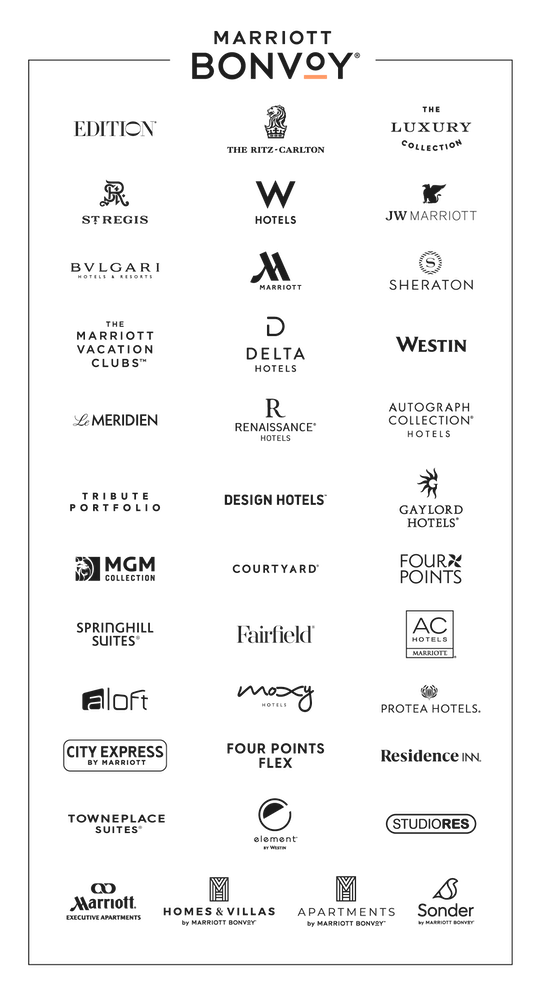How to Choose the Right Philanthropic Partners
Twenty-five years ago, Matthew Shepard lost his life. The violent hate crime against the 21-year-old gay college student was a watershed moment for the next wave of LGBTQ+ activism—and the roots of the Matthew Shepard Foundation, an outreach organization founded by Matthew’s parents, Judy and Dennis Shepard, to create change and combat hate in communities and individuals.
On October 14, 2023, the Foundation commemorated the 25th anniversary of Matthew’s death, while celebrating individuals who embody that spirit of change. The gala’s home: the Sheraton Denver Downtown Hotel. The gala’s mission: to commemorate Matthew while raising funds to continue the Foundation’s good works. And one of the Foundation’s key philanthropic partners: Marriott International.
“Marriott has maintained loyal and loving ties to the Matthew Shepard Foundation for several years,” says Cherilyn Williams, VP, Purpose Driven Marketing at Marriott International. Judy and Dennis are frequent special guests at Marriott events, commemorations, and Pride gatherings, and the Foundation is aligned with Marriott’s commitment to LGBTQ+ equality.
“We want to highlight philanthropic partnerships like those with Marriott who have consistently gone beyond simply having our backs financially, but who have supported our brand values, actually being there to support our programmatic efforts—not just writing a check,” says Dana Juniel, EVP, strategy and communication at the Matthew Shepard Foundation.
As planners continue to find ways to deepen their commitment to diversity, equity, and inclusion, consider finding philanthropic partners, including suppliers and vendors, who can help bring your vision to life. With the right DEI-forward philanthropic partnership, your organization’s mission can find its footing—as can the communities you’re supporting. Read on to discover how Marriott and the Matthew Shepard Foundation cultivated a true philanthropic partnership, and how you can borrow from their path.
The First Step to a Successful Philanthropic Partnership
Before you can assess potential partners, you need to set them—and yourself—up for success. That means doing what you already do: “Understand your audience,” Juniel says. Tap the skills you’ve cultivated in knowing your attendees, and communicate that clearly to potential partners.
In Juniel’s case, that meant understanding the difference between a Denver crowd and other crowds around the country—the timing of ticket sales, the dress code, the expected opening bids on paddle auctions. The more partners know about your attendees, the more they’ll be able to bring to the table.
But before you even talk with partners, you can help your event stay true to your equity principles by intentionally soliciting the work of diverse suppliers and vendors. “There’s always a business owned by a person of color or a veteran,” Chivonne Hyppolite, founder and CEO of Abstract Elements in Atlanta, told Marriott Bonvoy Events in 2023 when discussing how to build partnerships with diverse vendors. “There’s always a business that has people who look like me. Being purposeful in seeking them out is key.”
Authenticity and Kindness Rule the Room
Juniel and Williams agree on the No. 1 quality needed for a philanthropic partnership to take flight: authenticity.
“The philanthropic partnership came from having an authentic relationship,” Juniel says. Williams echoes the sentiment: “When we lead with our long-standing values and express our support year after year, the bonds of trust and friendship blossom.”
Juniel also recommends looking for philanthropic partners who can express in their own words what’s important about an event. This can demonstrate that they are already ideologically aligned with your goals.
“We cherish these partnerships and often dedicate them to marginalized causes and ones that are most likely to benefit from our dedicated support. These are causes that also reflect the long-held values of our company,” Williams says. When evaluating potential partners, ask about their existing contributions and commitments to causes in sync with yours.
Ideal partners will come in with their own ideas of how to make the event live up to the values it espouses, along with compatible values. For example, if you’re talking with event designers you’re looking to partner with on an event focused on childhood education, you might be intrigued by a designer who comes in with interactive ideas, demonstrating that they understand the subject matter. And if that designer presents their own concepts of neuroinclusive design, a hot topic in childhood education circles? All the better.
Also, look for kindness. “I don’t think we give enough credit to people, particularly in corporate America, who are kind,” Juniel says. When there’s kindness and authenticity, the rest falls into place. “I know that I’m going to be met with a friendly, patient, understanding willingness to partner—they want our event and our organization to be successful,” she says of Marriott.
Look for a Willingness to Go Beyond Financial Contributions
Philanthropy can look like a big—and much-needed—novelty check. But a philanthropic partnership is more than that.
“We want our partners to represent the same values and philosophies that we do as an organization,” Juniel says.
On Marriott’s end, the philanthropic partnership matches its own values, aligning with its Serve 360 ethos: “to do good in every direction.” In action, that means that partners should bring their full capabilities to the table, combining their passion for action with their skill and expertise.
For the MSF gala, that meant an immediate understanding of the needs of the community and implementing them in the event space. Gender-neutral bathrooms for an LGBTQ+ event was a no-brainer, but other elements designed for this event required more foresight.
That said, Marriott followed a basic rule: “Ask good questions with care and sensitivity,” Williams says. “When asking good questions, care and sensitivity are always welcome.” Finding small ways to make guests feel welcome, then communicating those ideas to you, demonstrates good-faith partnership.
A True Partner Is Proactive
Another sign that MSF had found a reliable partner in Marriott: Communication was never a one-way street.
“We’re not always reaching out to them,” Juniel says of MSF’s relationship with Marriott. “Very often, they’re reaching out to us with proposals for things they want to do.” That’s how Marriott Love Letters, which encouraged patrons to send positive messages to LGBTQ+ youth through its online portal, came to be in 2022. For every message sent, Marriott International made a donation to The Matthew Shepard Foundation and PFLAG National.
That offering came about because Marriott wasn’t waiting to be told how to be a good partner; they did the work. “It’s that February call, during our slow season, where they’re just checking in and not making a direct ask, but instead just connecting with the people who are the decision-makers,” Juniel says. “They get a better understanding and a stronger relationship with the organization.”
Connection. Authenticity. Proactivity. It’s the essence of any kind of partnership. And for your philanthropic partnership to take root, they’re seeds worth sowing.

